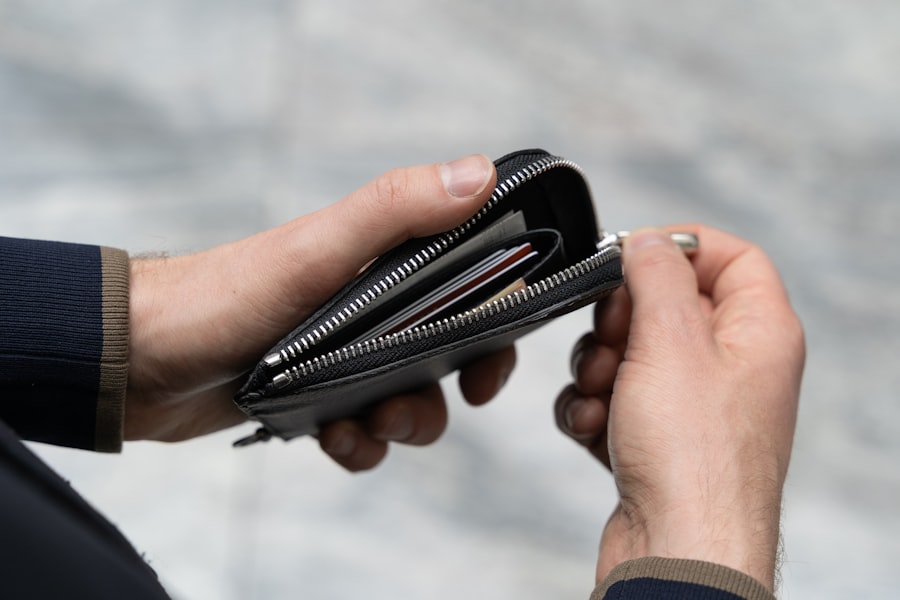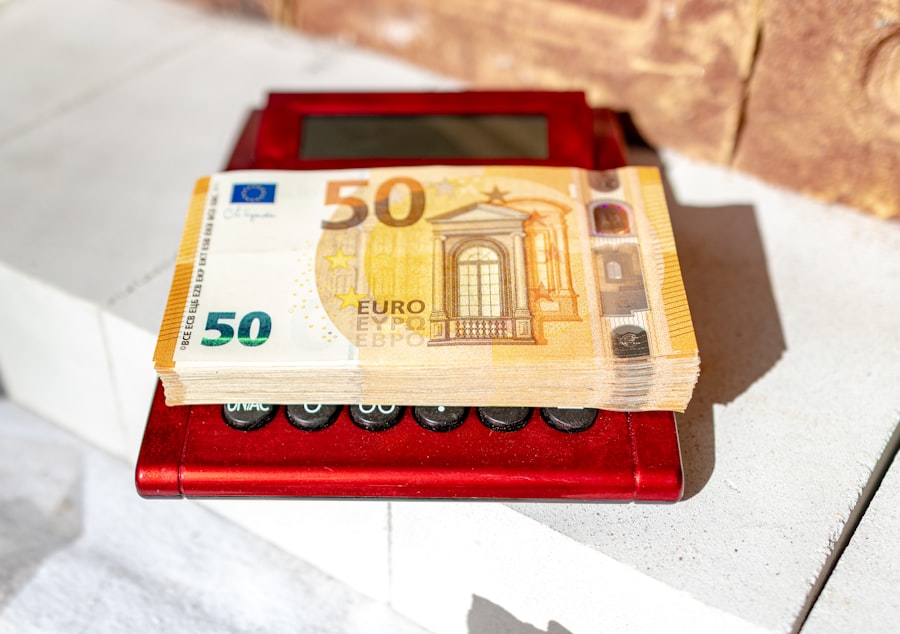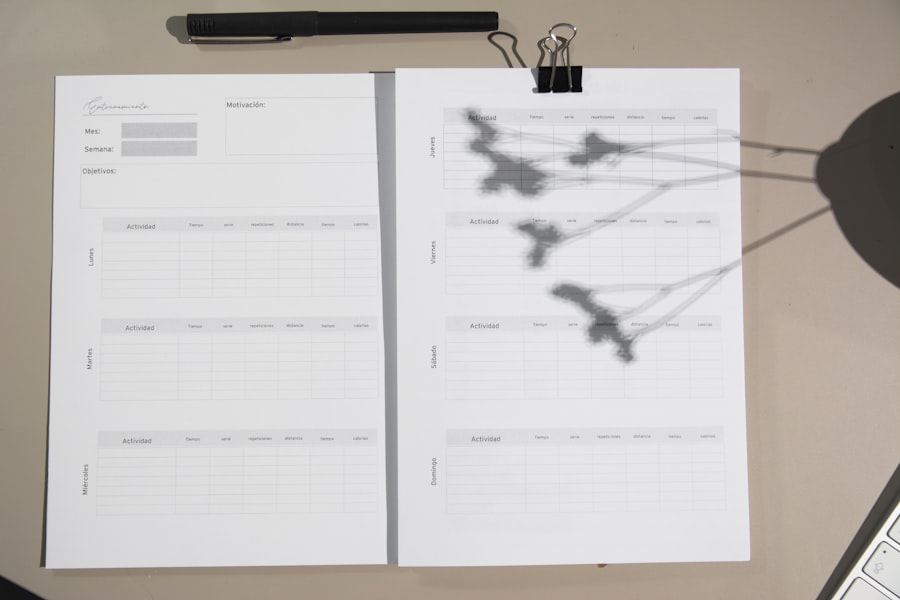In an increasingly digital world, managing personal finances has become more accessible and efficient, thanks in large part to budgeting apps. These applications serve as powerful tools that help individuals track their income, expenses, and savings goals in real-time. With the rise of smartphones and the internet, budgeting apps have transformed the way people approach their financial health.
They offer a user-friendly interface that allows users to visualize their spending habits, set financial goals, and ultimately make informed decisions about their money. The importance of budgeting cannot be overstated. It is a fundamental practice that enables individuals to gain control over their financial situation, avoid debt, and save for future aspirations.
Budgeting apps simplify this process by automating calculations and providing insights that would be cumbersome to achieve manually. As a result, users can focus on their financial objectives rather than getting bogged down by the minutiae of tracking every penny. With a plethora of options available, understanding the features and functionalities of these apps is essential for anyone looking to enhance their financial literacy and management skills.
Key Takeaways
- Budgeting apps help users track and manage their finances on the go
- Key features to look for in a budget app include customizable budget categories and automatic expense tracking
- Different budget apps cater to various money goals such as saving, investing, and debt repayment
- When choosing a budget app, consider your financial goals, ease of use, and compatibility with other financial tools
- To maximize the benefits of a budget app, set realistic goals, track your spending regularly, and utilize the app’s reporting and analysis features
Features to Look for in a Budget App
User-Friendly Interface
One of the most important aspects is user-friendliness. An intuitive interface allows users to navigate the app effortlessly, making it easier to input data and access information quickly.
Visualizations and Automation
A well-designed app should provide clear visualizations of spending patterns, such as graphs and charts, which can help users identify trends and areas for improvement in their financial habits. Another vital feature is the ability to sync with bank accounts and credit cards. This functionality automates the tracking process by importing transactions directly from financial institutions, reducing the need for manual entry. This not only saves time but also minimizes errors that can occur when entering data manually.
Customization and Security
Additionally, look for apps that offer customizable categories for expenses, enabling users to tailor their budget according to their unique spending habits. This personalization can lead to more accurate tracking and a better understanding of where money is going. Security is also a paramount concern when it comes to budgeting apps. Users should ensure that the app employs robust encryption methods to protect sensitive financial information. Features such as two-factor authentication can add an extra layer of security, giving users peace of mind as they manage their finances digitally.
Educational Resources
Furthermore, consider whether the app provides educational resources or tips on budgeting and saving, as these can enhance the overall user experience and promote better financial habits.
Top Budget Apps for Different Money Goals

There are numerous budgeting apps available, each catering to different financial goals and user preferences. For those looking to save money effectively, **YNAB (You Need A Budget)** stands out as a top choice. YNAB operates on the principle of giving every dollar a job, encouraging users to allocate funds purposefully rather than simply tracking expenses.
Its unique approach helps users prioritize savings and manage their cash flow more effectively. The app also offers educational resources that teach users about budgeting principles, making it an excellent option for those new to personal finance. For individuals who prefer a more straightforward approach, **Mint** is an excellent option.
Mint aggregates all financial accounts in one place, providing a comprehensive overview of spending habits and budget performance. The app categorizes transactions automatically and sends alerts for bill payments or unusual spending patterns. Its simplicity makes it ideal for users who want to keep track of their finances without getting overwhelmed by complex features.
Additionally, Mint offers free credit score monitoring, which can be beneficial for users looking to improve their credit health. For those focused on long-term savings goals, such as retirement or major purchases, **Qapital** is worth considering. Qapital employs a unique goal-based savings approach that allows users to set specific savings targets and automate contributions towards those goals.
Users can create rules that trigger savings actions based on their spending habits or behaviors, such as rounding up purchases to the nearest dollar and saving the difference. This gamified approach makes saving more engaging and can help users stay motivated as they work towards their financial objectives.
How to Choose the Right Budget App for You
| Criteria | Features | Importance |
|---|---|---|
| User-Friendly Interface | Intuitive design, easy navigation | High |
| Compatibility | Available on multiple devices and platforms | High |
| Budgeting Tools | Expense tracking, goal setting, customizable categories | High |
| Security | Encryption, secure login, data protection | Medium |
| Cost | Free or affordable pricing options | Medium |
| Customer Support | Responsive support team, helpful resources | Low |
Choosing the right budgeting app requires careful consideration of individual needs and preferences. Start by assessing your financial goals: Are you looking to save for a specific purchase, pay off debt, or simply track your spending? Understanding your primary objectives will help narrow down your options significantly.
For instance, if your main goal is debt reduction, an app that focuses on debt repayment strategies may be more beneficial than one centered on general budgeting. Next, consider your level of comfort with technology. Some apps offer advanced features that may be overwhelming for beginners, while others provide a more straightforward experience.
If you are new to budgeting or prefer simplicity, look for apps with user-friendly interfaces and basic functionalities. On the other hand, if you are tech-savvy and want more control over your finances, you might appreciate an app with advanced analytics and customization options. Another factor to consider is whether you prefer a free app or are willing to pay for premium features.
Many budgeting apps offer free versions with limited functionalities, while others require a subscription for access to advanced tools and resources. Evaluate what features are essential for your budgeting journey and determine if the investment in a premium app aligns with your financial goals.
Tips for Getting the Most Out of Your Budget App
To maximize the benefits of your budgeting app, it is essential to engage with it regularly and consistently. Set aside time each week or month to review your transactions, update your budget categories, and assess your progress towards your financial goals. Regular engagement not only keeps you informed about your spending habits but also reinforces accountability in managing your finances.
Utilizing all available features can also enhance your experience with the app. For example, take advantage of alerts and notifications that remind you of upcoming bills or spending limits in specific categories. These reminders can help prevent overspending and ensure that you stay on track with your budget.
Additionally, explore any educational resources or community forums offered by the app; these can provide valuable insights and tips from other users who share similar financial goals. Another effective strategy is to set realistic goals within the app. Instead of aiming for drastic changes in spending habits overnight, start with small, achievable targets that gradually lead to larger objectives.
For instance, if you want to save $1,000 over six months, break it down into monthly savings goals of approximately $167. This incremental approach makes it easier to stay motivated and track progress without feeling overwhelmed.
Integrating Your Budget App with Other Financial Tools

Investment and Savings Insights
For example, if you use an investment app alongside your budgeting tool, you can monitor how much you are saving versus how much you are investing over time.
Additionally, some budgeting apps offer features that allow users to track their net worth by aggregating assets and liabilities from various accounts.
Complementary Tools for Enhanced Organization
Moreover, consider using complementary tools such as expense trackers or bill management apps that can work in tandem with your budgeting app. These tools can provide additional layers of organization and insight into your finances. For instance, an expense tracker can help you categorize spending in real-time while ensuring that all transactions are accurately reflected in your budget app.
Achieving a Holistic Financial View
By integrating your budgeting app with other financial tools and using complementary tools, you can gain a more complete understanding of your financial situation. This holistic view can empower you to make informed decisions about your financial future and achieve your long-term goals.
Common Mistakes to Avoid When Using a Budget App
While budgeting apps are designed to simplify financial management, users often fall into common pitfalls that can undermine their effectiveness. One prevalent mistake is neglecting regular updates or reviews of budget data. Failing to input transactions promptly or overlooking monthly reviews can lead to inaccuracies in tracking expenses and ultimately derail financial goals.
To avoid this issue, establish a routine for updating your budget regularly—whether daily or weekly—to ensure that all transactions are accounted for. Another common error is setting unrealistic budgets or goals that are difficult to maintain over time. For instance, if you drastically cut back on discretionary spending without considering lifestyle changes or personal preferences, you may find it challenging to stick with the budget long-term.
Instead of imposing strict limits that may lead to frustration or burnout, aim for balanced budgets that allow for some flexibility while still promoting responsible spending. Additionally, many users overlook the importance of categorizing expenses accurately within the app. Misclassifying transactions can distort spending patterns and hinder effective analysis of financial habits.
Take the time to review categories regularly and adjust them as necessary based on changing circumstances or priorities.
Making the Most of Your Money with a Budget App
Budgeting apps have revolutionized personal finance management by providing users with powerful tools to track spending, set goals, and achieve financial stability. By understanding the features available in these apps and selecting one that aligns with individual needs, users can take significant strides toward better money management. Engaging regularly with the app and integrating it with other financial tools further enhances its effectiveness.
Avoiding common mistakes such as neglecting updates or setting unrealistic budgets will ensure that users maximize their experience with budgeting apps. Ultimately, these digital tools empower individuals to take control of their finances and make informed decisions that lead to long-term financial health and success.
If you are looking for the best budget app to help you manage your finances, you may also be interested in learning how to create a budget tracker in Excel. This article from Valapoint provides easy steps to make a budget tracker in Excel, allowing you to customize your budgeting tool to fit your specific needs. Check out the article here for more information on creating a personalized budget tracker.






















